The year 2024 was a rough one for the gaming industry. Thousands of employees were laid off from their various positions in dozens of video game companies and studios all over the world. Not to mention, a bunch of studios themselves were shut down, with games canceled and developers left without a job. Not even some of the biggest names in gaming are safe from this trend.
A very tragic loss we’ve had during this period is the shutdown of Warner Bros. Games’ Monolith Productions. Monolith always produced high-quality games, with a particular effort on innovating and trying to push the industry forward, and it really is a shame to see them go like this. It’s a tough loss for everyone, considering it also meant the cancellation of the Wonder Woman game that was in the works at Monolith.
6
Blood

Blood
- Released
-
June 20, 1997
- Publisher(s)
-
GT Interactive
You could consider Blood one of the many Doom clones that spawned during the mid and late 1990s, the most notable being Duke Nukem 3D. But despite that, Blood achieved its notoriety by being particularly inventive and creative, especially with its weapons. You have dynamite sticks, pitchforks, voodoo dolls, and a spray can with a lighter you use as a flamethrower.
Following Doom’s structure of shooting the heck out of enemies in a maze-like level while looking for the exit, Blood mixes western, sci-fi, and demon esthetics to achieve an identity of its own. It is, for the most part, a really tough game that inspired many other games and affected many other forms of media.
5
The Operative: No One Lives Forever

The Operative: No One Lives Forever
- Released
-
November 9, 2000
- Developer(s)
-
Monolith Productions
- Publisher(s)
-
Sierra Entertainment, Fox Interactive, MacPlay
Think of a serious take on Austin Powers, the 1960s-set parody of secret spy, James Bond, and you’ll get No One Lives Forever (the name was actually taken from a Bond novel, Nobody Lives Forever). This is another FPS, this time with stealth elements and a very 1960s atmosphere. You play as covert operative Cate Archer, one of the coolest and most underrated female protagonists in gaming.
Both NOLF, and its sequel, took Blood’s level design style and expanded it to be more open-ended. This gave you the freedom to solve them in a variety of ways, something that you could see years later in critically acclaimed games like Metal Gear Solid 5: The Phantom Pain, for example. NOLF is definitely a cult classic, but for those who played it, it is regarded as highly as FPS icons such as Goldeneye and Half-Life.
4
F.E.A.R.

F.E.A.R.: First Encounter Assault Recon
- Released
-
October 17, 2005
A name like First Encounter Assault Recon sounds more like your typical military FPS Counter-Strike knock-off, but F.E.A.R. couldn’t be further away from that. It is a military FPS, but this time, it’s mixed with Japanese psychological horror, with the elite military group having to investigate supernatural phenomena. The game is as immersive as you could get at the time, with Monolith’s goal being to make you feel like the hero in an action movie.
To achieve this, they combined bullet-time, destructible environments, and a highly detailed particle system. Nevertheless, F.E.A.R.’s most impressive feature was, without a doubt, the AI it used for its enemies. This never-seen-before technology gave NPCs a particularly intelligent behavior when reacting to the player’s actions by working as a team with suppressive fire, flanking, and retreating maneuvers.
3
Condemned: Criminal Origins

Condemned: Criminal Origins
- Released
-
November 22, 2005
- Developer(s)
-
Monolith Productions
Another dive into psychological horror by Monolith, now inspired by films and TV shows such as The Silence of the Lambs, Saw, and The X-Files. This time, though, not an FPS. Condemned has survival horror and action elements, with its gameplay split into melee combat and investigation. You play as an FBI agent investigating crime scenes, and while you start with a weapon, you will mostly rely on melee throughout the game. It was a launch title for the Xbox 360 in 2005.
Nineteen years earlier, it played similarly to 2024’s Indiana Jones and the Great Circle, where you have to improvise and use whatever tools you have available as melee weapons, like pipes, wooden planks with nails, and more. The combat is gritty, brutal, and really aggressive, enemy AI is unpredictable, just like in F.E.A.R., and it has an unparalleled atmosphere.
2
Middle-Earth: Shadow Of Mordor
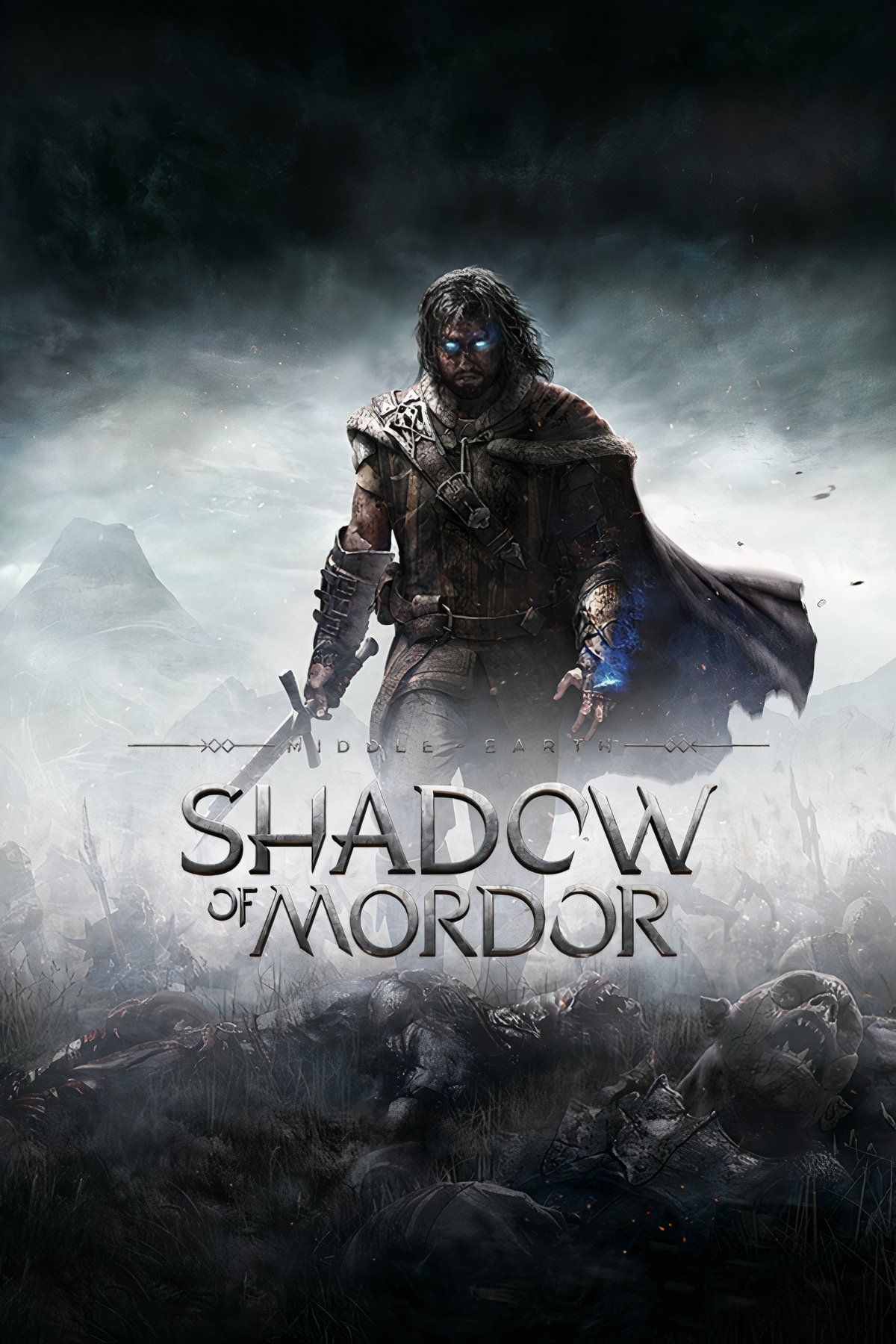
- Franchise
-
The Lord of the Rings
- Released
-
September 30, 2014
- Developer(s)
-
Monolith
This is the big one. Middle-Earth: Shadow Of Mordor (and its sequel) are, by far, Monolith’s most ambitious and highly regarded games. Shadow Of Mordor, released in 2014, had a bunch of things going for it, and it followed a lot of the industry’s trends at the time. For example, its combat is pretty similar to something you’d find in an Arkham game. What really set the bar apart from other games was its highly revolutionary Nemesis system.
When you encounter Uruks, these games’ bosses, all have their own name, voice, quirks, skills, and personality. They also have the ability to remember all previous encounters they’ve had with you. So, for example, if you escape from them in one battle, you’ll probably find them in a later one, and they will mock you for running away like a coward. The game can even trick you into thinking you’ve taken care of an orc, when in reality, it’s the opposite: if you kill an Uruk, say, with fire, you might later find out that they survived, but are now afraid of fire. That’s the genius of the Nemesis system.
1
Middle-Earth: Shadow Of War

- Franchise
-
The Lord of the Rings
- Released
-
October 10, 2017
- Developer(s)
-
Monolith
As any good sequel should do, Middle-Earth: Shadow of War builds up on everything Monolith did previously with Shadow Of Mordor. On top of the previously mentioned version of the Nemesis system, you can now build and recruit your own team of orcs and have to deal with a whole new set of challenges coming your way, thanks to the new mechanics.
If you are wondering why no other games have attempted anything like this again, it’s because Warner Bros. Games sadly locked the Nemesis system behind a patent until 2036, which will still be valid despite the studio’s shutdown. Regardless, the Nemesis system turned the Middle-earth games into dynamic, ever-changing, and player-driven games, in which the storytelling is never the same for two different people. What could have been two more games in the huge pile of unremarkable Lord of the Rings licensed tie-ins, like the Gollum game, ended up being the high note of Monolith Productions’ roster, and as we now sadly know, their swansong.





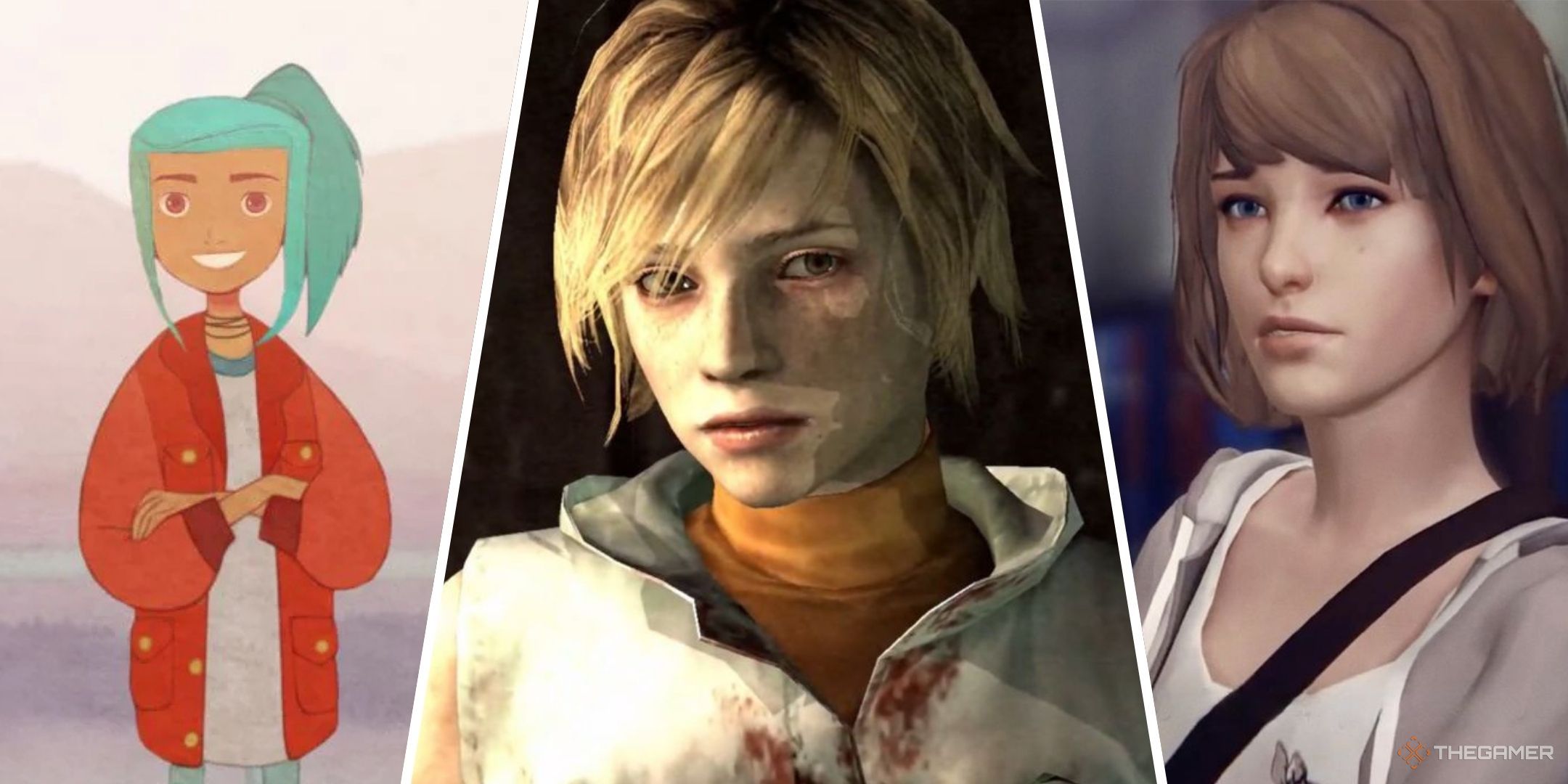

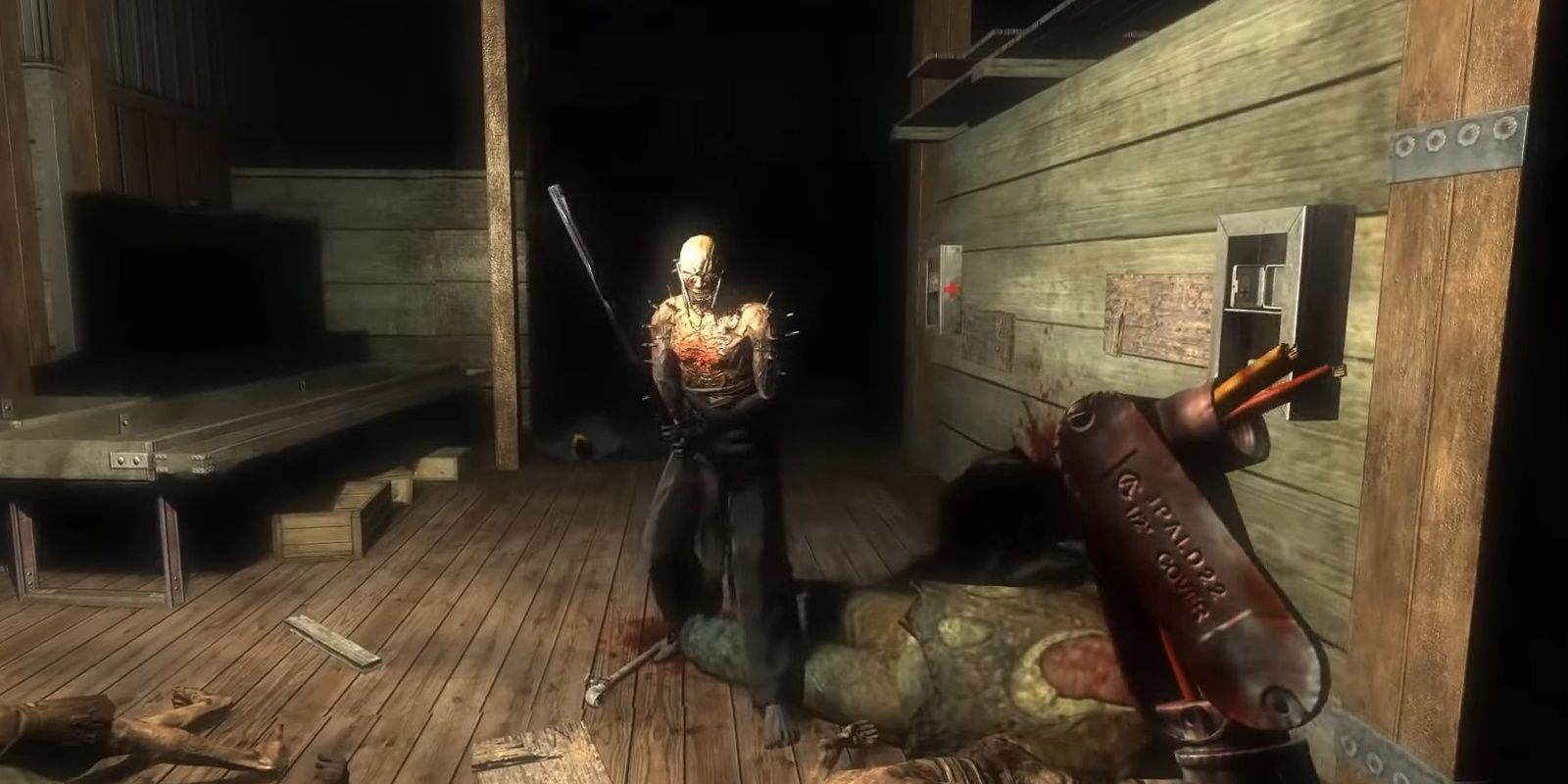
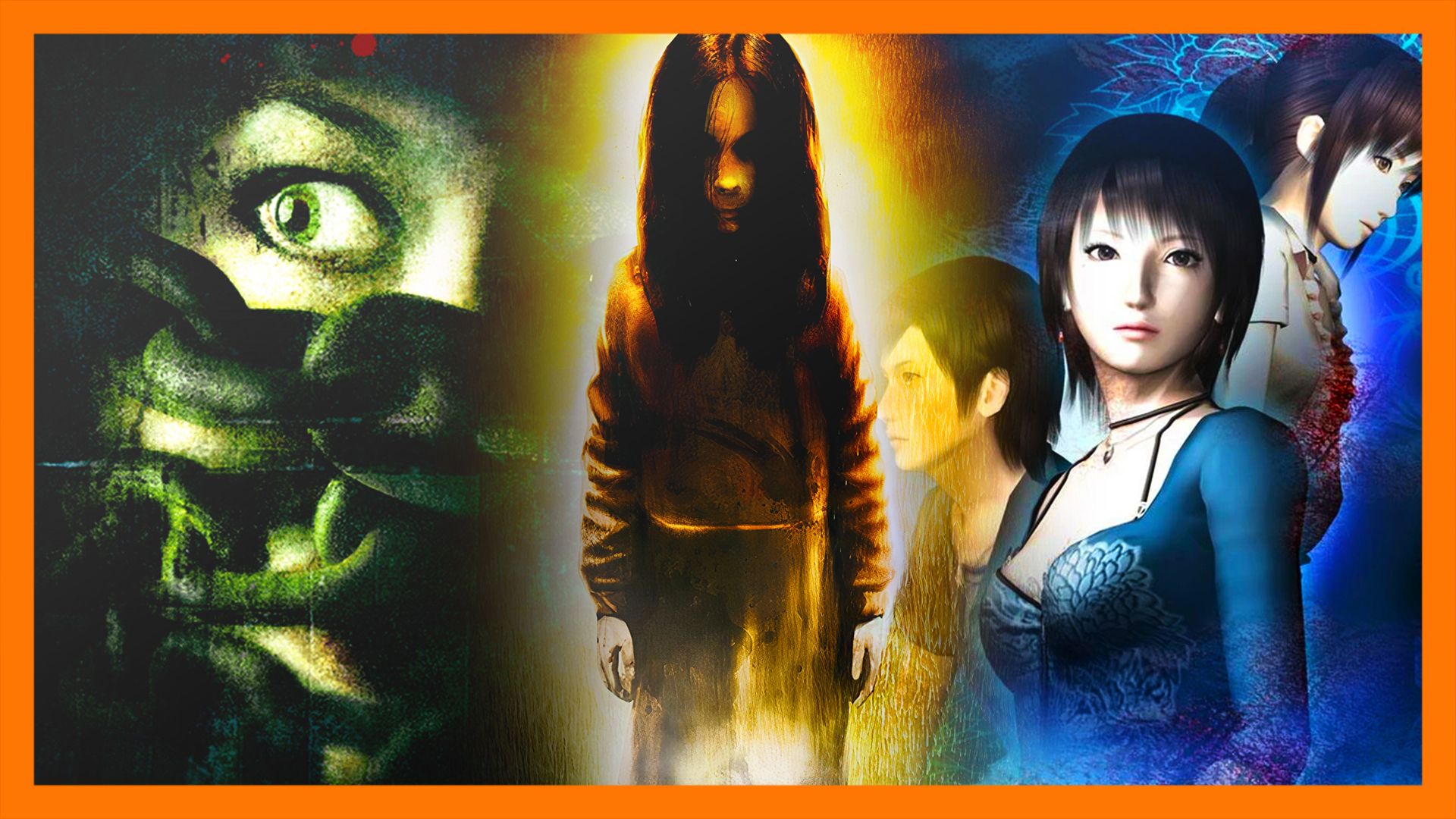


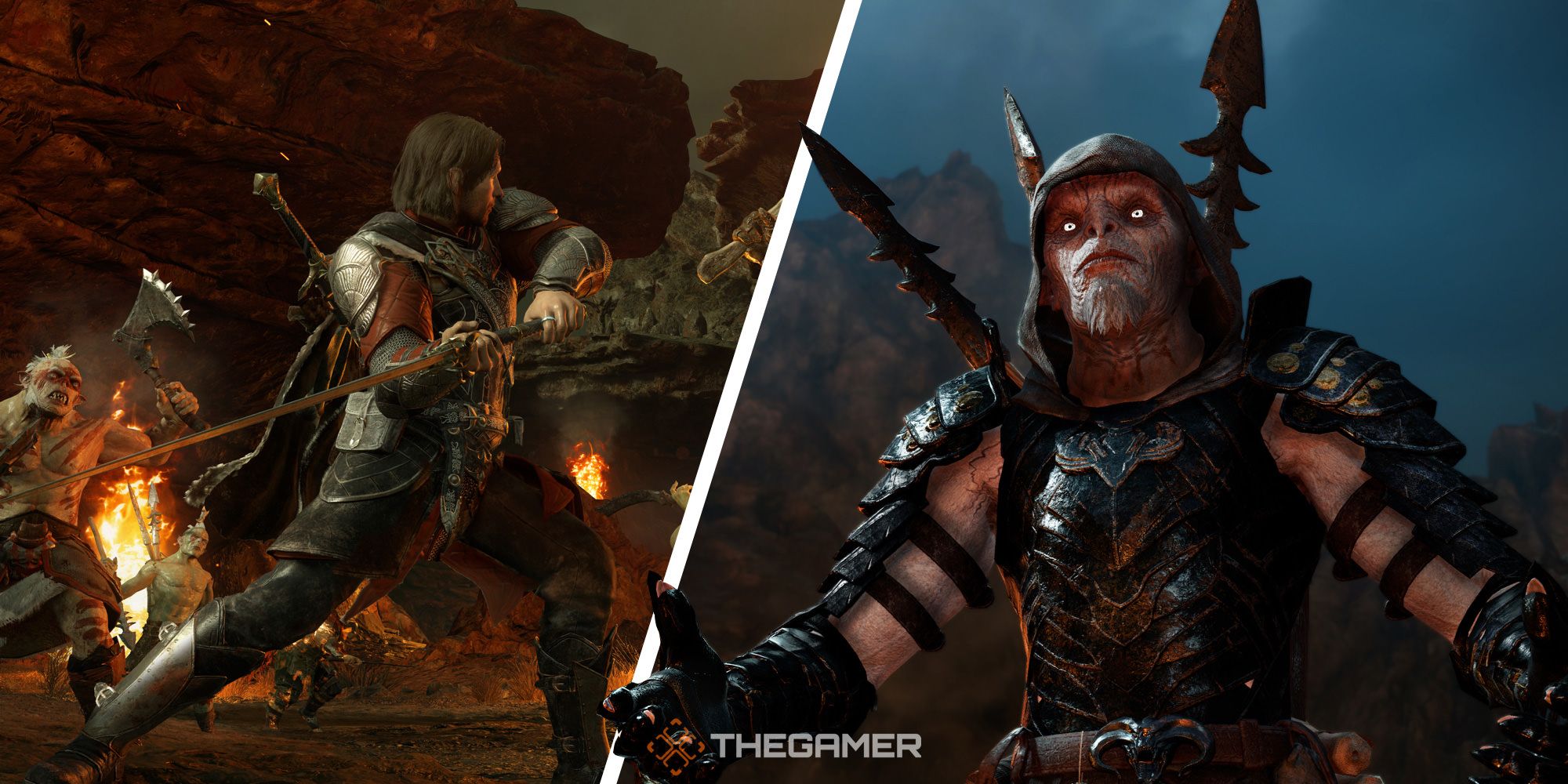





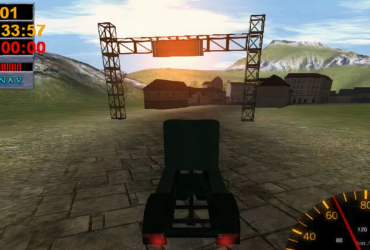
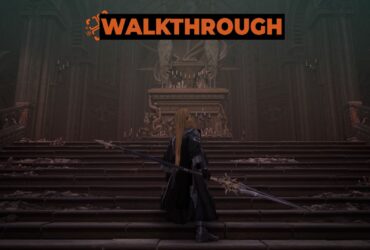


Leave a Reply